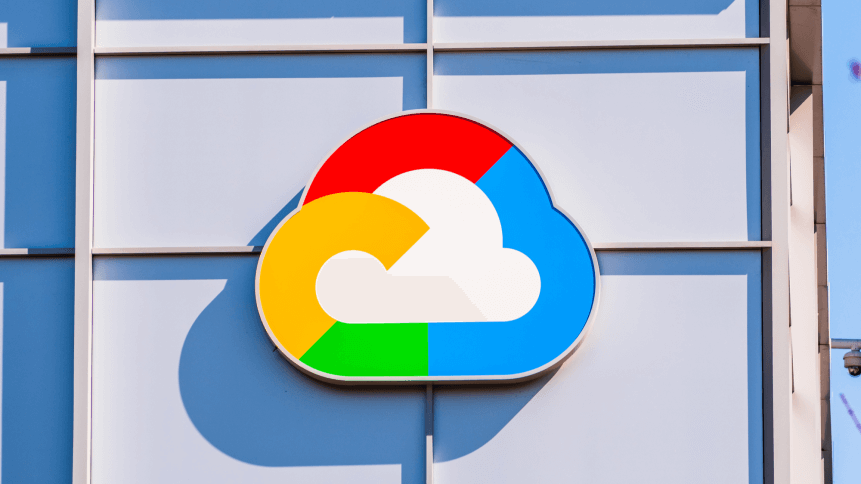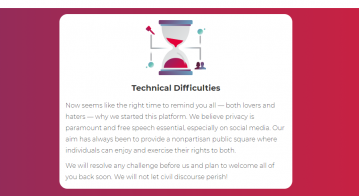In a record year for cloud, why was Google down billions?

- Alphabet has poured billions into boosting Google Cloud, as it continues to play catch up with AWS and Microsoft Azure
- Google Cloud for the first time reported on its financials
Last year was a record one for investments in cloud computing, becoming one of the fastest-growing segments of IT spend. And while revenues mounted up for cloud computing’s Big 3, outgoings also stacked up for Google Cloud, as the company vied to draw the gap between frontrunner AWS.
In the first earnings report for its cloud arm comprised of Google Cloud Platform and Google Workspace, Google revealed a staggering loss of US$5.6 billion in 2020 alone, while revenue stood at US$3.84 billion.
In comparison, Amazon Web Services (AWS) pulled in revenue of US$43.4 billion in 2020 and US$13.5 billion in profit.
Google Cloud’s full-year revenue is growing faster at 46% compared to AWS’s 30%, and it’s also worth noting that Alphabet Inc is not as dependent on its cloud business as Amazon, which relies on AWS to make considerable profit every quarter. But with 9% of the market share, Google is still stuck in a distant third place. AWS has plateaued at 33% for the past few years, while Microsoft has doubled its share between 10-20% since 2017. Microsoft on the other hand reported a 50% growth in its cloud arm Azure and integration between Teams and ServiceNow, Workday, and Salesforce.
What’s happening at Google Cloud?
Over the last few years, Alphabet’s cloud arm has re-organized its model to become more of a direct competitor to AWS and Microsoft Azure and has indicated it will continue to beef up support for its cloud business. Google’s search advertising business is subsidizing the company’s cloud ambitions, but critics say Google Cloud may never look as good as the ad business when it comes to profits.
But the company signed high-profile clients in 2020 and continues to grow its business, under the leadership of its CEO Thomas Kurian, a former Oracle president. In fact, the most recent, Ford signed a deal with Google to provide cloud computing services in a deal worth hundreds of millions of dollars.
According to the third annual Cloud Report, published recently by commercial database management firm Cockroach Labs, among the big three cloud providers – AWS, Microsoft Azure, and the Google Cloud Platform – the latter is the best performer in terms of throughput. AWS, on the other hand, has the lowest network latency.
The report also found Google Cloud the winner for the overall benchmark but did stress that all three performed well in different aspects. Azure was a clear winner in storage I/O thanks to its disks, while AWS was described as the most cost-efficient for online transactional processing.
Why isn’t businesses booming for Google Cloud?
Google’s suite of cloud computing services is going through the same growing pains its competitors once did; it took AWS nearly 10 years to become profitable for the first time.
There’s also an ongoing price war and frequent price cuts by Google Cloud and AWS with new services being launched regularly, since businesses are constantly looking for opportunities to cut costs.
According to Cloud Health, for organizations with large amounts of data to store or analyze, Google Cloud’s storage prices are up to 20% cheaper than AWS (with the exception of archive storage) and the price of database services also compares favorably.
In terms of features and services. Google Cloud offers around 95 different services, whereas AWS offers more than 200. Many of the additional services are important for large enterprises with specific requirements for their cloud environments, although Google Cloud does offer a core range of services that meet the needs of most businesses.
While Google beats AWS on price and flexibility, AWS scores better in terms of global reach, providing significantly more data centers around the world. As of September 2020, Google Cloud Platform had 24 regions, 73 zones, and over 100 points of presence in 35 countries. AWS has 24 regions, 77 availability zones, two local regions, and customers in 245 countries and territories. Further, AWS is adding new data centers at a faster rate than Google.










